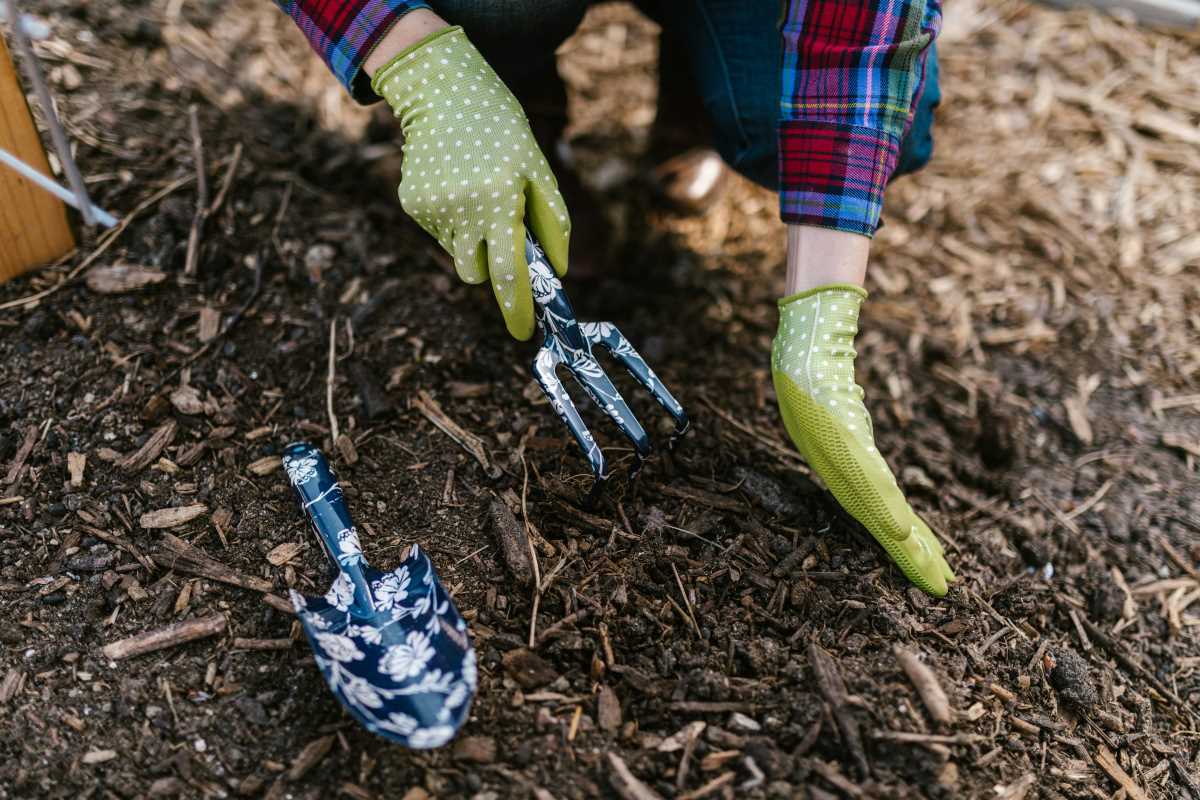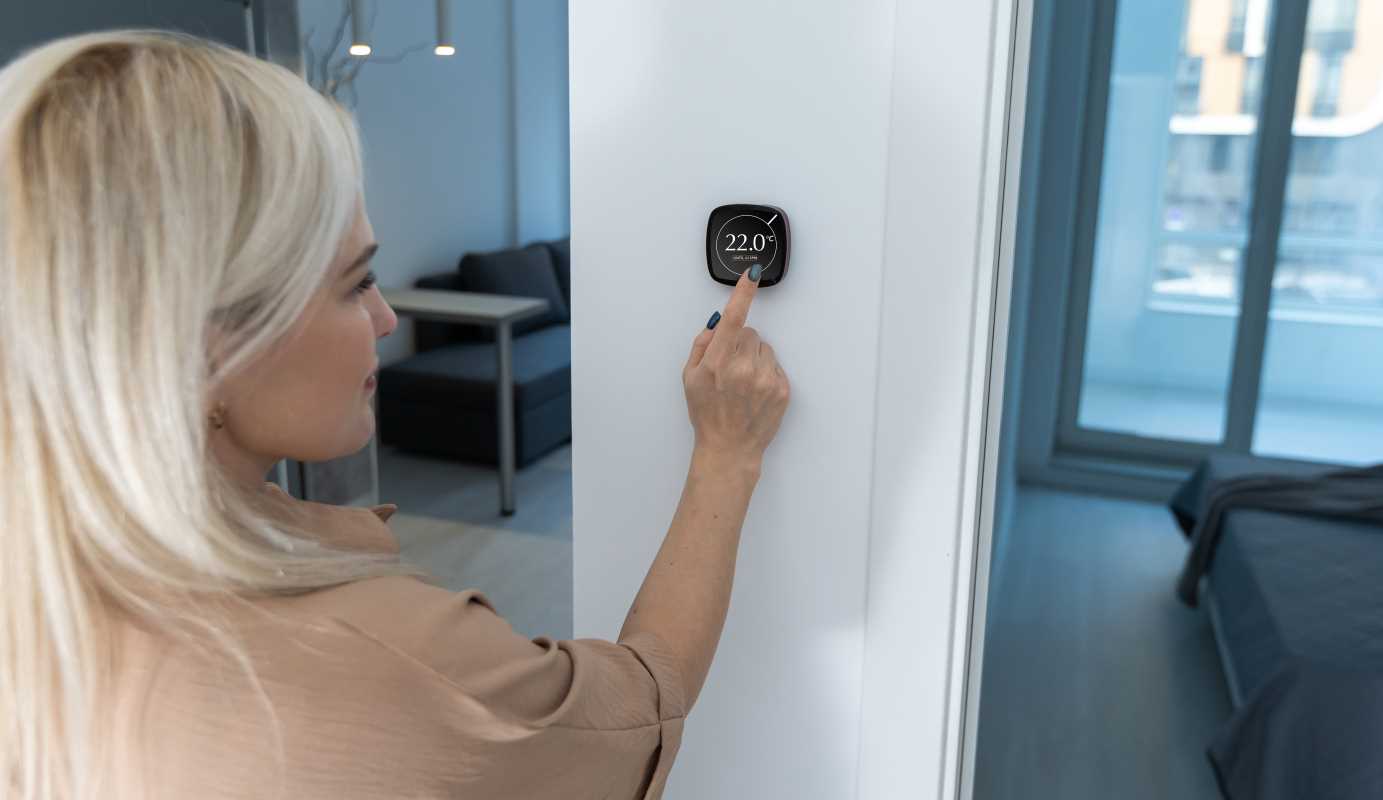Walking through your entryway on a crisp autumn evening, you notice how spiced citrus notes fill the air and help you unwind after a long day. This inviting atmosphere does not come from just any candle—it reflects a carefully chosen scent collection that changes throughout the year. By switching up fragrances as the seasons shift, you can match your home’s aroma to nature’s changes and your own sense of comfort. A thoughtful fragrance rotation keeps your space feeling fresh and welcoming, offering a delightful experience every time you come home. Use this guide to discover creative ideas for crafting a scent palette that suits every season.
Subtle Aromatic Elevations
Seasonal scent layering goes beyond swapping a pumpkin candle come fall. It stimulates emotional recall: florals for spring’s renewal, herbal notes to sharpen focus in winter. By choosing complementary scent families across four intervals, you create a lively flow rather than sudden shifts.
When you select scent profiles based on personality—bright citrus for morning boosts, resinous woods for evening relaxation—you deepen the effect. This approach encourages conversation and lingering smiles from guests who notice how your home gently evolves. You avoid overloading one note; instead, you craft a fragrance story that unfolds in chapters.
Crafting Your Seasonal Scent Framework
- Identify Core Note Families
- Purpose: Keep transitions smooth throughout the year by aligning scents with seasons.
- Steps:
- List favorite notes based on mood goals.
- Group them by olfactory category: citrus, floral, herbal, woody.
- Assign each group to a quarter of the year (e.g., citrus for spring).
- Note: Basic essential oil kits cost around $20–$30.
- Insider Tip: Balance one bright and one grounding note per season to keep variety alive.
- Map Usage Patterns
- Purpose: Optimize scent use by time of day to enhance energy and relaxation.
- Steps:
- Record your peak activity hours.
- Allocate one note family per daypart—morning, afternoon, evening.
- Rotate fragrance combinations every two weeks to maintain novelty.
- Note: Journaling takes less than five minutes per day.
- Insider Tip: Set calendar reminders to switch scents instead of relying on memory.
- Select Delivery Methods
- Purpose: Create layered diffusion and visual contrast through device variety.
- Steps:
- List what devices you have: diffusers, candles, sprays, wax melts, etc.
- Match each to seasonal conditions like humidity and temperature.
- Test scent throw in one room before scaling usage.
- Note: Portable reed diffusers average around $15 each.
- Insider Tip: Keep a car diffuser loaded with your winter blend for consistent ambiance on the go.
Hands-On Rotation Guide
- Seasonal Mapping Tool
- Benefit: Clarifies your scent calendar and reduces decision fatigue.
- Steps:
- Draft a four-column template labeled Spring, Summer, Fall, Winter.
- List target moods next to each column.
- Place two primary notes under each heading.
- Cost/Metric: Printable template free or digital chart apps under $5.
- Insider Tip: Review the map quarterly to update with new favorites.
- Fragrance Integration Workflow
- Benefit: Simplifies daily swaps without disrupting your workflow.
- Steps:
- Store active diffuser pads in an easy-to-access bin.
- Schedule a weekly swap session.
- Briefly clean devices before reinserting new pads.
- Cost/Metric: Cleaning supplies under $10; saves up to 30 minutes weekly.
- Insider Tip: Set a timed alarm to end sessions and avoid olfactory fatigue.
- Intensity Calibration Method
- Benefit: Keeps each note profile within a comfortable threshold.
- Steps:
- Measure starting drops or sprays using a small funnel or pump.
- Record the count in a simple spreadsheet.
- Adjust by one drop or spray during each swap session.
- Cost/Metric: Funnel kits cost under $5; maintains consistent diffusion.
- Insider Tip: Increase intensity by only 10% if scent becomes faint—don’t double.
- Aroma Pairing Checklist
- Benefit: Prevents clashing notes across different delivery methods.
- Steps:
- List your active delivery types (e.g., candle, diffuser, spray).
- Confirm all scents use notes from the same family.
- Swap out only one delivery method at a time to test harmony.
- Cost/Metric: No added cost; maintains harmony over four weeks.
- Insider Tip: Use small vials for test sniffs before making full-room changes.
- Swap Logistics Plan
- Benefit: Streamlines rotations and keeps spaces smelling fresh.
- Steps:
- Label all storage containers with season and date.
- Stack containers by rotation order in a cool, dark area.
- Remove the next scent at least one hour before use to activate gently.
- Cost/Metric: Durable bins under $20 each; preserves oil potency.
- Insider Tip: Use clear bins so you can rotate pads without opening containers.
Storing and Swapping Essentials
- Cool-Dark Storage: Keep all scent materials in an airtight, opaque container away from heat and light. This prevents oxidation and helps preserve aroma performance over months. Use stackable bins or drawer organizers. Check contents quarterly to ensure freshness.
- Rotation Reminders: Set recurring alerts on your phone or smart speaker for your next swap. Batch your swaps—such as on the first Saturday of each new season—to develop a routine. Add calendar colors to each season slot for quick visual cues.
Measuring and Adapting Over Time
Measure your fragrance success by gathering quick feedback and noting how long each scent stays pleasant. Review your rotation every six months to swap out underperformers and adjust intensity. Over time, you'll build a personalized, seasonal scent map that enhances mood and makes everyday moments more memorable.







